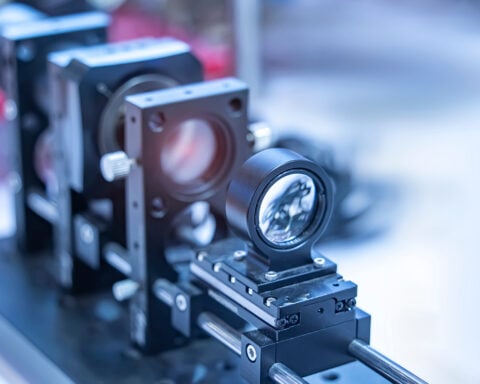As the taxi nears, my heart races just a tad. The sight is surreal: a taxi, but no driver. It halts before me, prompting me to unlock its door with my phone, ready for our journey.
However, just before entering, a concerned stranger interrupts. “They’re not safe,” he warns, recounting an incident where a robotaxi nearly caused an accident.
This individual embodies a significant segment of San Francisco that disapproves of robotaxis, asserting that their presence jeopardizes public safety.
This sentiment has escalated recently. A group called Safe Street Rebel initiated a “coning” act – placing cones on robotaxis, with some of their protest videos gaining traction online. Still, the city remains supportive of the tech, for now.
On August 10, 2023, the CPUC granted Waymo and Cruise the permit to provide 24-hour service, a leap from their previous nighttime-only operations. Prior to this decision, the public voiced their diverse opinions for six hours.
Uber and Lyft drivers expressed fears of unemployment due to automation. “The rise of self-driving taxis means jobs lost for families like mine,” shared Rosine, a single mother and Uber driver.
Other concerns arose from the vehicles’ reliability. They’ve been criticized for obstructing essential services, with the city’s fire department reporting 55 such incidents this year. Then, there were skeptics like Matthew Sutter, a local cab driver, who questioned the tech’s safety readiness. Additionally, advocates like Mara Math from the Paratransit Coordinating Council voiced concerns over accessibility for the disabled.
However, robotaxis have their champions too. George Janku, an orthopedic surgeon and avid cyclist, trusts the predictability of these autonomous vehicles over temperamental human drivers. For Jessie Wolinsky, a visually-impaired individual, robotaxis has offered an unprecedented sense of security. Another advocate appreciated the impartiality of these taxis which, unlike some human-driven cabs, don’t discriminate based on the need for child car seats.
Having experienced both the efficiency and hiccups of robotaxis, I recall one instance where the vehicle, befuddled by a complex maneuver, simply stalled, leading to a minor traffic kerfuffle.
Merely a week after the decision to expand robotaxis, one was implicated in a collision with a fire engine, resulting in the CPUC halving Cruise’s fleet on the roads. In response, the city’s attorney, David Chiu, suggested reconsidering the expansion.
Both Waymo and Cruise staunchly uphold their safety records. Waymo reports over two million accident-free autonomous driving miles, while Cruise cites its impressive safety stats across three million driverless miles. Yet, the city remains divided.
In a tranquil park, I met an undisclosed leader of Safe Street Rebel. They believe their movement, possibly among the first tangible protests against AI, represents an escalating trend. Emphasizing that they’re not vigilantes but a collective voice for the concerned, they draw parallels with the Luddites, who historically resisted early industrial technology.
San Francisco stands at an intriguing juncture. While striving to pioneer technological advancements, it seems to have left a chunk of its populace unconvinced. If these companies can’t win the trust of the city’s inhabitants, they might find their presence increasingly challenged.
In the heart of tech innovation, San Francisco grapples with the quintessential dilemma of the 21st century: embracing rapid technological advancements while ensuring the welfare and trust of its residents. As the wheels of progress turn, the debate over robotaxis serves as a stark reminder that innovation, without widespread acceptance and demonstrable safety, risks becoming another cautionary tale in the annals of tech history.







